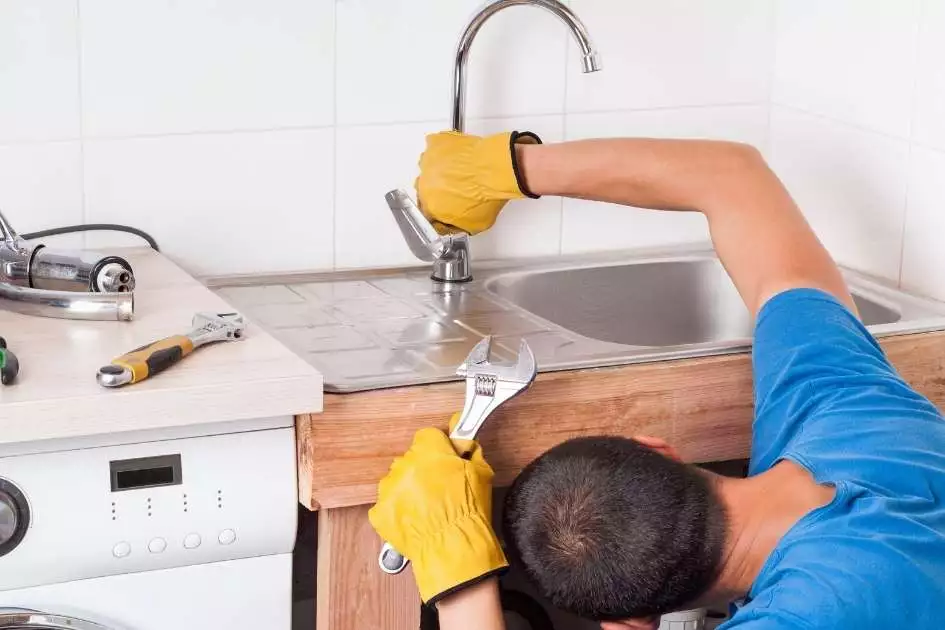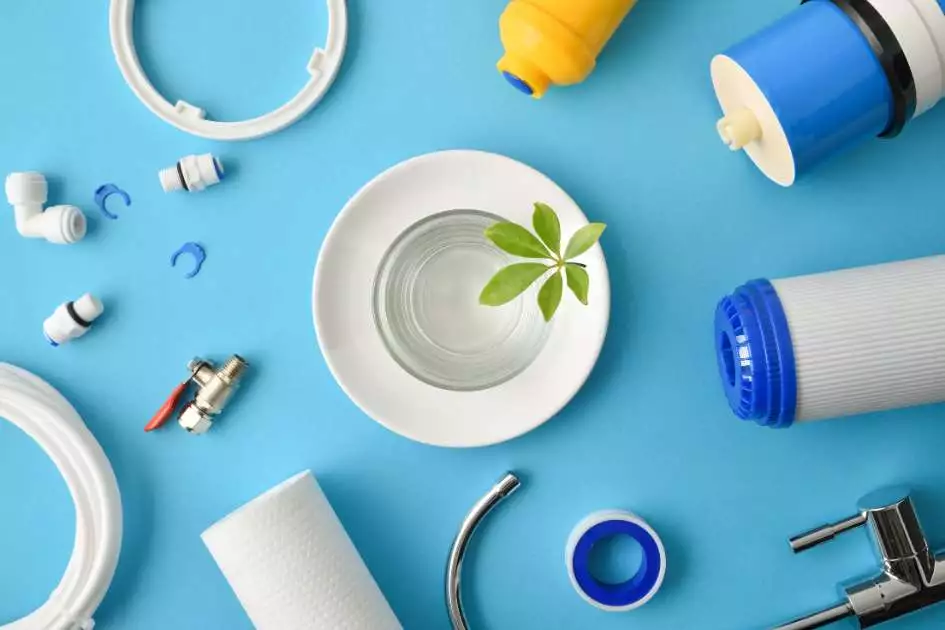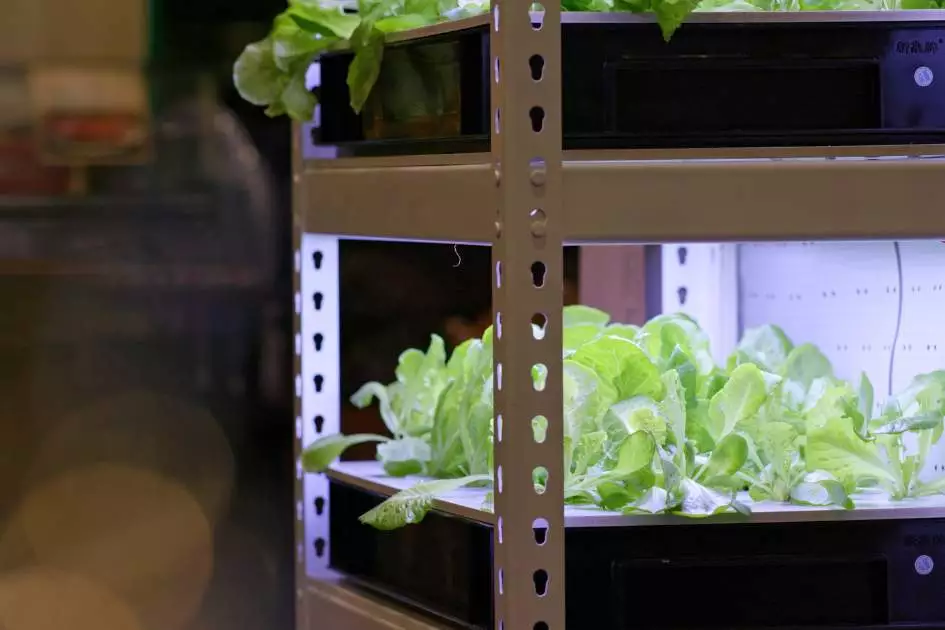There are many reasons that people want to install their own faucet. They may have time, they may not trust plumbers, or they just saved a lot of money on the job. Regardless of the reason for installing your faucet, there are two things you need to know before you do it. If you don't follow these steps carefully, your new water tap could be leaking all over your floor at any moment!
1) Inspect The Tubing Around Your Sink For Any Holes
2) Check That There Is Enough Water Pressure By Turning On Both Of Your Taps
Do you really need a plumber to install your new faucet? Or can you do it yourself? It's really up to you, but if you want a job that is done correctly the first time then hiring professionals is your best option. But they are also human after all and today there are many resources available to you so that you can teach yourself how to do it.
Necessary Tools to Install a Faucet
You have the option to use a few different types of tools when installing your faucet.
A) Stud Finder - If you are wondering if there is enough wall space or not, then this tool can be used to find studs in your walls. Just attach the device onto the drywall and it will sound an alarm indicating that there's metal behind the wall.
B) Pipe Wrench - You'll need this to remove your old faucet because it's easier than trying to do it without one. But make sure you purchase a wrench that can fit around your new water tap!
C) Screwdriver Set - If you are not comfortable using power tools then get yourself a screwdriver set of different sizes.
D) Allen Wrench - Also known as an H-shaped key, this tool will allow you to tighten the nut on your new faucet without having to use any special tools. The size of the wrench varies depending on what type of water tap you are using. Make sure that it can fit around the tap's nut!
E) Water Tap - Obviously, you need a water tap in order to install it.
F) Pipe Tape - This is used when you are connecting your new tubing from the faucet to the valves underneath your sink. It keeps any leaks from occurring and gives everything a nice, tight seal.
G) Adjustable Wrench - If you need to tighten up the nuts on anything, then this is what you will want to use. But make sure it fits around your pipes first!
H) Measuring Tape - You can't just go ahead and install a new faucet without measuring everything properly beforehand. So using a measuring tape is the only way to ensure that you are installing it correctly.
I) Pipe Sealer - If your pipes have rust or any other kind of build-up, then this sealant will help remove it so that no leaks occur when you turn on your faucet for the first time!
J) Silicone Tape - This tape will stop any leaks between the faucet and the tubing. It's basically a waterproof sealant that keeps water from leaking through to your floor or cabinets!
K) Wire Brush - This brush is used for when you are cleaning off all of the rust on your pipes, so make sure it has stiff bristles in order to get the job done!
L) Hacksaw - If you need to make any cuts in your piping, then this is the tool that will allow you to do it easily. Just be careful not to scratch yourself when using it!
M) Gloves - Safety first people. Make sure both you and anyone else helping are wearing gloves while installing your faucet.
N) Bucket - You will need a bucket to keep all of your tools inside as you install the water tap! It's not safe to leave them on top of your cabinets with everything else that could happen later in the installation process.
O) Teflon Tape - This tape can be used when connecting the faucet to the water supply. It's used for when you don't want any leaks from occurring, so make sure it has a fine weave before using it!
P) Pipe - You will need this to connect your tubing and cut it down if necessary! If you are worried about doing anything wrong then just ask someone else to do it for you.

How To Install A Kitchen Faucet
So, you've all the tools, you know what to do, and now it's time for the faucet installation process!
Step One - If your old water tap is still in place then remove it using a pipe wrench. Make sure that everything has been shut off before doing this step though! Also, check the pipes underneath your sink so they don't have any leaks!
Step Two - Once you have everything turned off underneath your sink, then it's time to start attaching the faucet. For this step, use an adjustable wrench to tighten up all of the nuts around it so that they are nice and secure! Make sure not to scratch anything or anyone else in doing this step though!
Step Three - If there is rust on any of your pipes then you need to get rid of it so that no leaks occur down the road. This can be done by using a wire brush!
Step Four - Now, attach the faucet with Teflon tape and turn everything back on underneath your sink. You might want to have some towels or rags around just in case something happens though!
Step Five - Once your faucet has been turned back on, use a bucket and throw all of the old parts away since you don't need them anymore! As long as nothing leaked while doing this step then it's safe for everyone else involved in installing the water tap too!
Step Six - Finally, put any tools back in their proper place, turn off the water tap at your sink, and make sure to wipe everything down with a rag. Once you are finished doing this step then it's safe for all others involved to use again!
The Faucet Installation Process Is Complete!
Now that you have installed a faucet by yourself or helped someone else do so, take some time out of your day and enjoy using it since you don't want any leaks from occurring later on!
Conclusion
So now what do you think about hiring a plumber? If you're concerned about making too many blunders while installing the faucet itself, you shouldn't be. But other than that there really isn’t much reason why anyone would need one for this process! If you are still worried about leaks or rust however then you can always ask someone else to help!


